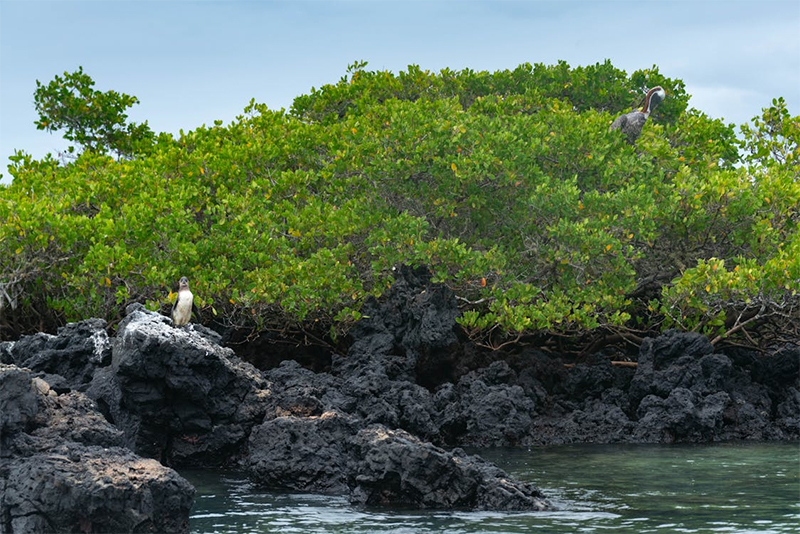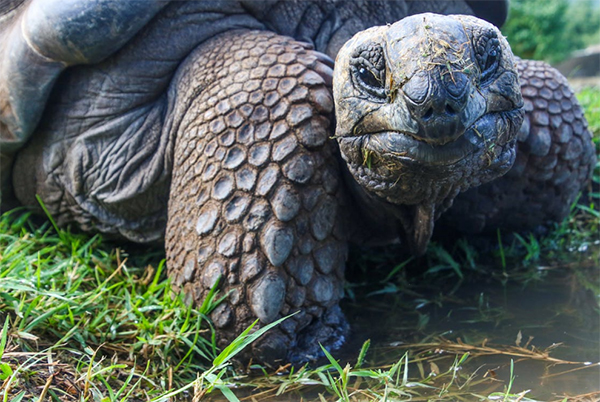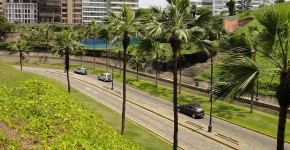Exploring the Galápagos Islands: Nature’s Living Laboratory
Remote island in the Pacific Ocean, the Galápagos Islands are evidence of the miracles of evolution and diversity. Their solitude has produced an amazing variety of species, many of which are endemic and highlight the complex interactions among organisms and their surroundings. This special location poses major difficulties for conservation even as it fascinates scientists and outdoor enthusiasts both. Understanding and safeguarding the Galápagos becomes ever more important as human impact approaches these delicate ecosystems in order to preserve their unmatched natural legacy.
The Unique Biodiversity of the Galápagos Islands
Renowned for their amazing range of flora and animals, which have developed in solitude over millions of years, are the Galápagos Islands Among the species found nowhere else on Earth, this special ecosystem hosts the marine iguana and the Galápagos tortoise. The diverse environments of the islands—from lush highlands to volcanic settings—support a complex tapestry of life. Like the finches Charles Darwin examined, endemic birds exhibit adaptive radiation, showing how species could separate from a common ancestor. Preserving this delicate equilibrium depends on conservation as human activities endanger the sensitive surroundings and their inhabitants.
Charles Darwin’s Influence on the Galápagos
A turning point in the history of science, Charles Darwin’s 1835 expedition to the Galápagos Islands signaled Seeing the varied species that suited their particular habitats, he observed differences among them that resulted in his revolutionary idea of natural selection. With their different beak forms, the finches came to represent adaptive evolution—that is, how organisms change over time in response to environmental challenges. Darwin’s observations changed our knowledge of biology and established the basis for evolutionary theory, therefore permanently connecting his legacy to these amazing islands and their special occupants.
Conservation Efforts and Challenges in the Galápagos
The fragile equilibrium of the Galápagos Islands presents several difficulties for efforts of protection. Programs for conservation seek to protect native species and rebuild environments under danger from pollution, climate change, and invading species. Effective management depends on cooperation among local communities, government departments, and foreign organizations. Promoted to increase awareness and reduce human impact are sustainable travel methods and education. Notwithstanding these programs, habitat damage and illicit fishing remain constant hazards, which emphasizes the need of constant awareness and flexible plans to guarantee the protection of this special natural beauty for next generations.
Visitor Experiences and Sustainable Tourism in the Galápagos
Visitors visiting the Galápagos Islands will be surrounded in amazing scenery and come across rare species right up. Emphasizing responsible behavior, guided tours help guests to see the need of maintaining the fragile surroundings. While raising awareness of conservation, activities such snorkelling with sea lions, trekking volcanic paths, and viewing giant tortoises offer once-in-a-lifetime encounters. Sustainable tourism projects seek to reduce environmental impact by including nearby businesses and thereby benefiting local populations. These initiatives serve to guarantee that the islands remain a dynamic living laboratory for next generations to explore and value by encouraging a link between tourists and environment.
The Galápagos Islands highlight the need of protecting special ecosystems since they are evidence of the complex interaction between people and environment. Visitors interacting with these amazing surroundings not only see the wonders of evolution but also help to save it. Encouragement of a greater respect for the biodiversity of the islands helps to ensure that next generations may keep exploring and learning from this unique natural laboratory, therefore supporting the need of constant environmental protection by means of sustainable tourism.
Photo Attribution:
1st & featured image by https://www.pexels.com/photo/rocks-and-trees-on-shore-18426932/
2nd image by https://www.pexels.com/photo/closeup-photo-of-galapagos-tortoise-1201431/






